One of the stations that we do contract work for installed a Broadcast Electronics FM20T transmitter on June 6, 2001. It is still running on the original tube, a 4CX15,000A. By my calculations, that is 11 years, 7 months, and 9 days, or 101,712 hours.
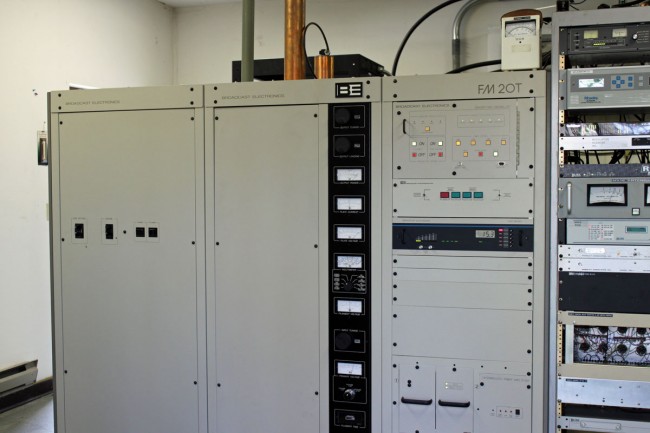
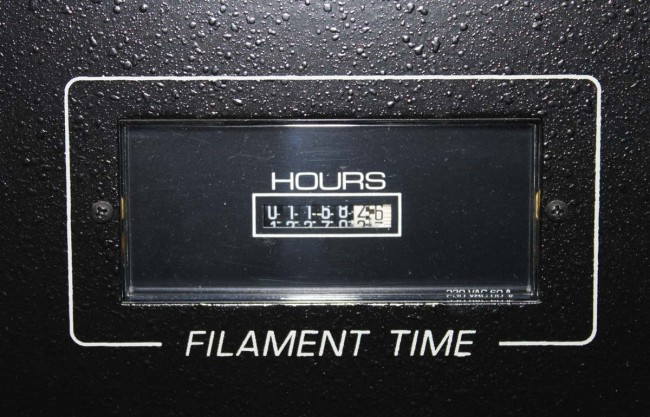
The hour meter shows 101,168 hours, which accounts for some maintenance, and other anomalies. Overall, the transmitter has a 99.5% up time. I do not think the transmitter suffered any failures, rather, things like the generator and the STL failed instead.
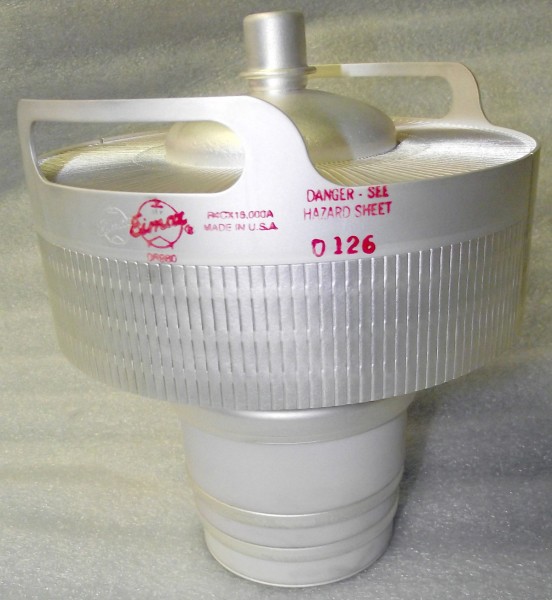
Almost twelve years on one tube is pretty impressive. I know that other Broadcast Electronics T model FM transmitters have similar tube life expectancies. I wonder what Broadcast Electronics’ secret is.


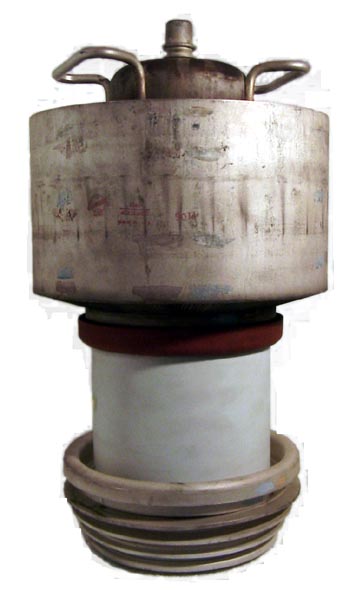
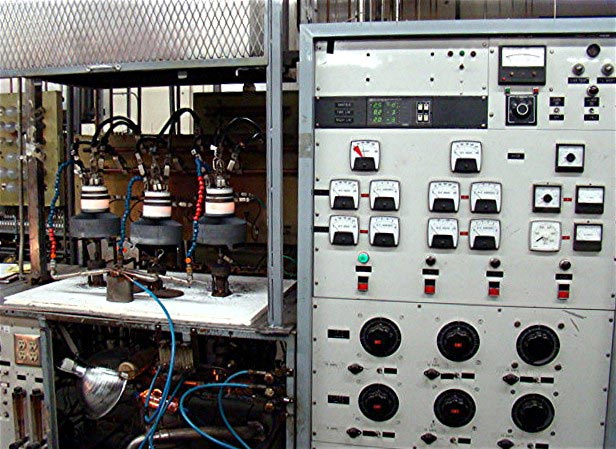
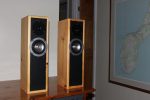

Interesting. The 30T I maintain, according to the logs, goes through tubes every 3-4 years approximately. Not unlike other tube rigs I’ve had.
Perhaps it is simply a really good tube. Although, we installed a 20T and 30T in Gainesville, FL in 2005. To my knowledge, those transmitters are also on their original tubes, however, they were sold and I have lost touch with the engineer that maintains them, so I don’t know for sure.
I also subscribe to the Fred Reilly school of filament voltage management: https://www.engineeringradio.us/blog/2010/06/filament-voltage-management/
Wow…I thought I was doing good when I got 7 years out of the original final in the 20T that I care for (running 19kw TPO, on 18 hours a day)…better than any other box I’ve worked with. We’ve got almost six years on the Econco rebuild that’s in there now…practicing filament management the whole time. Our transmitter has been a bit more persnickety but still reliable. Failures in 13 years: R309 in HV cabinet, two open coils on the HV contactor, IPA flushing fans (one went bad, I shotgunned the rest), and control power supply (bad caps). This site gets single-phased often, which I’m guessing is the cause of the HV cabinet issues.
BE Transmitters seem to have one very inportant secret which I think I discovered at a certain station on MT beacon,
a great,stable power supply.The TX up there could take some hits and swings from the utility but would come right back and keep right on kicking.
The only fault I remember was an IPA module after many years of service which caused a cut-back of about 2-3/5 fiths pwr until parts arrived.
I suspect that WHUD’s /(and a particular Boston station’s )innability to make power over time had more to due with lack of basic maintenance as they went through ownership changes.Just my blind opinion.
We did 12years with a 4CX10000J in a Harris FM10K 1978. But it was the first time that we seen that.
I’ve received great life from the 8990 (4CX20000A) in a Harris FM25K running 20kW TPO and running the Ef as low as I can. Eight years life is not uncommon on this particular transmitter. I can’t believe it’s been in service since 1981 (with mods along the way including external IPA).
@Neal, I am familiar with both sites, regarding Mt. Beacon, the FM5A that was the main transmitter was replaced in 2009 after many years service. I replaced one HV Rectifier and several fans. That site is very difficult to get to, thus it was decided to put in a new transmitter. WHUD transmitter was in rough shape, having almost never been cleaned. The reject load for the IPA combiner leaked all its oil and burned out. Then the IPA drawers began to fail. Again, that transmitter was 24 years old and had been seriously abused by the utility company.
@Sebastien/Eric, as I recall, Harris often sold an external Sola voltage regulator with their transmitters to regulate the filament voltage. I don’t know if this was done in other parts of the country, but it was very common around here.
Curious…what is your TPO? I have a 35T that I take care of. It got 4 years on its original tube at 28kw, but the Econco rebuild I put in last year is already going soft. This time around I’m gonna try and get the owners to swing for another new tube.
@Paul, I only ever had one transmitter with the add-on Sola, and that was a FM-20K. The site was at the end of the line, and had great diurnal swings in voltage which really ate into the tube life. I may have been one of the first customers to request it from Harris, because they had to figure out how to incorporate it into the chassis. It worked like a champ. Unfortunately, the FM-25K I care for does not have that option. It helps that the 8990 is just a great device.
@Chris Hall #2: The 20T runs at 14 KW, the other 20T runs at 17 KW and the 30T runs at 24.5 KW. I think the ECONCO quality has gone down somewhat since they were bought by CPI.
@Eric, interesting. We take care of a 25K which has a Sola hanging on the wall behind the transmitter. You are right, the 8990 is a great device.
Had a Sola (Harmonic neutralized) regulators on all single phase parts of both Harris FM-25-K’s at WZLX at Boston’s Prudential Tower due to severe power line harmonics that even the closed delta connection could not completely eliminate. Power in the Pru was a nightmare during the 70’s and 80’s. The 25 K tube life was unusually good
with transmitter output run at 20.5 KW (before master antenna was installed.) A utility consulting company called Power Line Models measured the harmonics at the worst level they had ever encountered in all their worldwide travels
Hi Paul,
I know that you took over for Dave R. when he left the market.
BTW,You’ve done a fantastic job at the site,so I’m told.
2 Different platform paths all the way to the antenna,wow!
I’m well aware of how difficult a site it is to access,especially when it acts up in the peak of winter,perhaps you’ve closed that gap a bit with more capitalisticly minded owners:)
You confirmed my hunch regarding WHUD,no surprise.The power company is to blame?I thought it was our job to deal with spikes ,oscillations and such these days and get the customers to buy in?
I’m picking a healthy engineering argument here,endulge me,please!
I did want to mention that the WPDH FM transmitter that Dave G.Put in at Illinois was innovative in 1980(?). 10 KW PS(their 10 KW model) and running under 5 KW.
Now that’s conservative for a ballzy Continental which had the best HV supplies in the industry at the time!
That was a good education which I use to this day in chritical installations,large and small.
Thanks.
Neal
Dave said;
The reject load for the IPA combiner leaked all its oil and burned out. Then the IPA drawers began to fail. Again, that transmitter was 24
Stress,stress stress on aging old semi-conductors,how much more can you tell of this legacy site?
You confirmed my hunch regarding WHUD,no surprise.The power company is to blame?I thought it was our job to deal with spikes ,oscillations and such these days and get the customers to buy in?
The power company is at least partly to blame, it is at the end of a long circuit, which for many years was not very well maintained. There were all sorts of line conditioners and surge protectors installed on the transmitter mains and it still tripped the main, 200 amp circuit breaker with regularity.
A signifigant part of our contracts(seamingly seldom read and understud) in Sweden,utilities clearly state that they provide their various services including heat,cooling(used in our server rooms,homes,offices,etc) but there is no guarantee=install back-up services if you die when we have a fault.Yes,it happenns.
I have a saying to our various customers”what’s it worth to you?”
Thankfully,my customers are big on UPS ahead of generators and external cooling systems that hop in at the slightest rise in utility fluid temp.
Of course,it’s often a learning experience that finances action,just like in the Hudson Valley!Of course,everything is a battle of customer vs service provider,just the world we engineers live in,take it or leave it.
Thanks again/N
Here’s another good story, a favorite of mine:
http://www.31alumni.com/klystron-cactus.htm
Cactus also figured out how to make the klystrons run longer by keeping the focus coils powered before and after the main beam current stopped and started flowing. The simplest solution to an obvious problem: put UPSes on the focus coil power supplies.
I need to get the story captured of the FM antenna they built and proofed using an airplane with a FM receiver in it. Set the autopilot, fly around, go up a few feet, set it again, etc….
Update on my January 2013 post…the Econco rebuild is finally coming out in January 2018…it’s made 9, almost 10 years. Considering this site has no air conditioning, poor AC power and black dirt getting into everything, I’m amazed both at the tube life and the reliability of the FM20T.